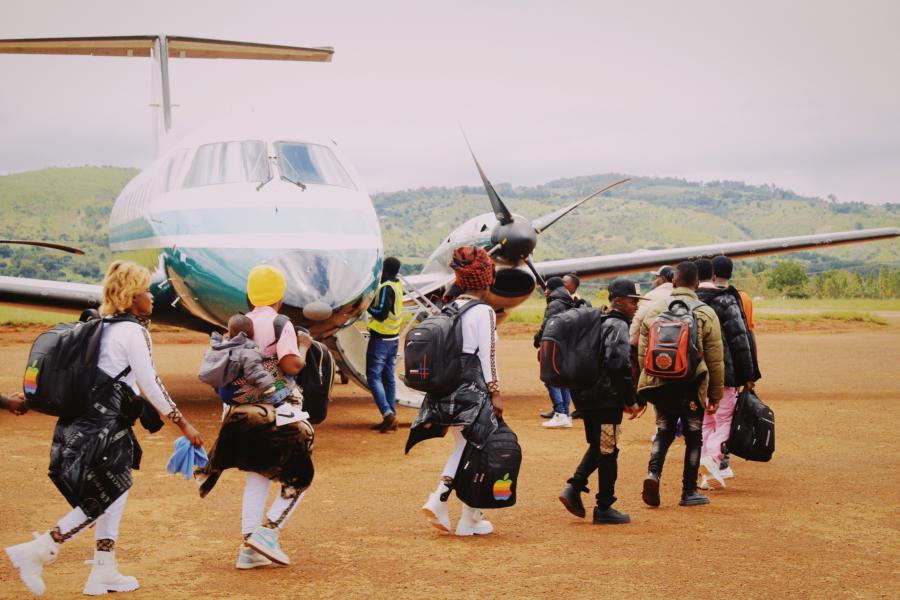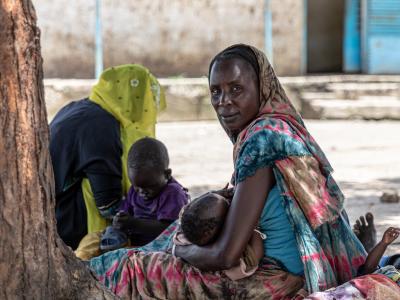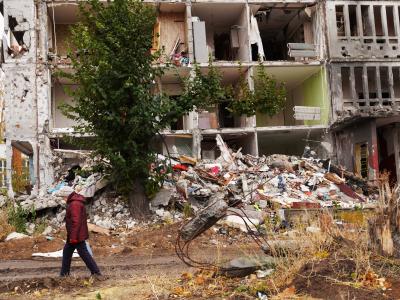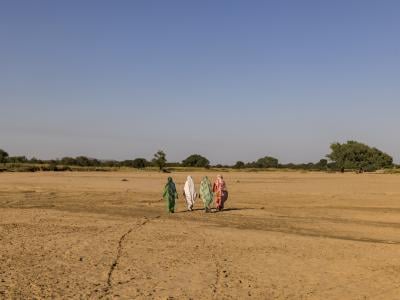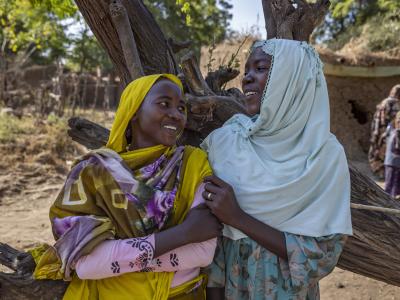Global financial needs amount to $231 million (+2% vs 2024 current budget)
With millions of refugees unable to go home, resettlement and complementary pathways (such as education, employment, family reunification and humanitarian visas) provide opportunities for long-lasting solutions. UNHCR projects 2.9 million refugees will need resettlement in 2025, up from 2.4 million in 2024. In 2025, UNHCR will seek resettlement for the refugees most in need. We aim to strengthen data-sharing collaborations with partners involved in resettlement, expand opportunities for complementary pathways, open regular migration systems up to refugees, and build refugees’ skillsets so they can qualify for employment and education pathways.
Core Outcome Indicators

Number of refugees submitted by UNHCR for resettlement

Average processing time from resettlement submission to departure under normal priority

Number of people admitted through complementary pathways from the host country
Core Output Indicators

Number of countries that issue machine-readable travel documents*
2024 Mid-year progress: 62 countries
Financial overview
